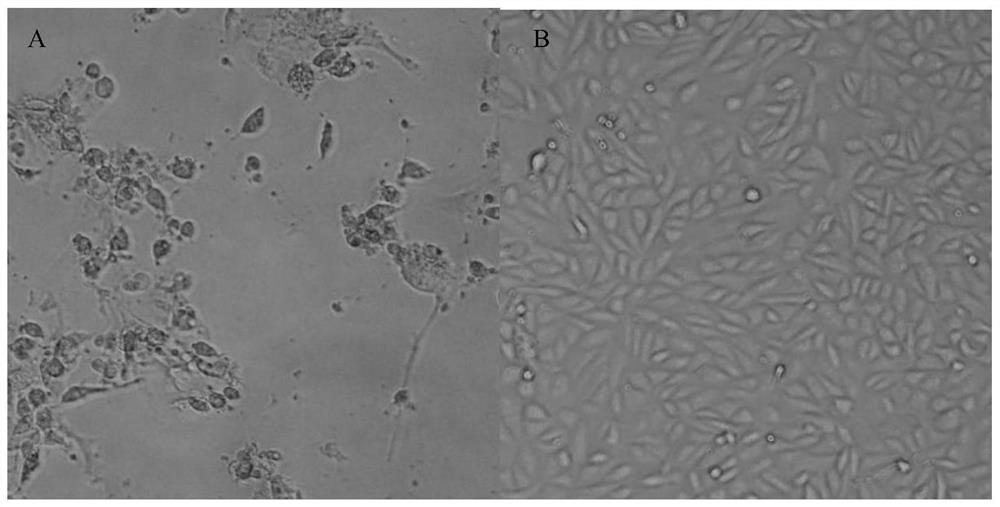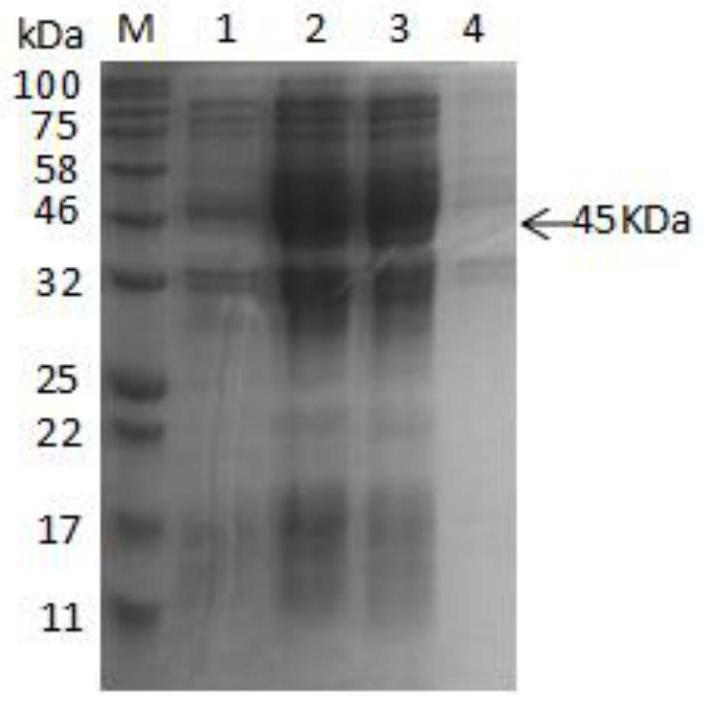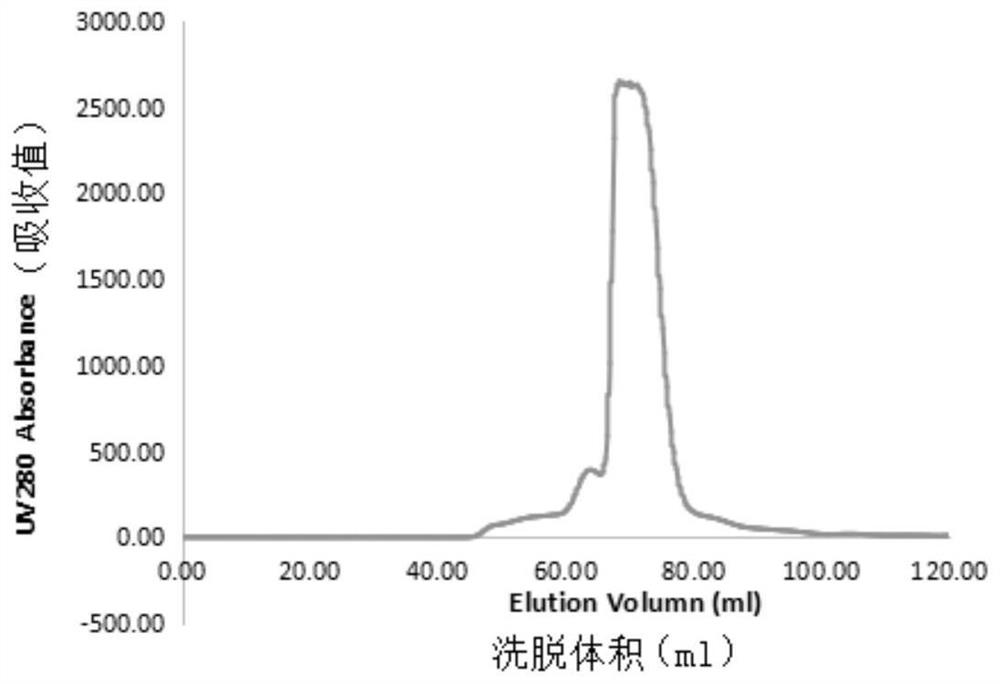Culture and immunofluorescence quantitative detection method of human group H rotavirus
A quantitative detection method, immunofluorescence technology, applied in the field of human H group rotavirus culture and immunofluorescence quantitative detection, can solve the problem of quantification of non-viable virus
- Summary
- Abstract
- Description
- Claims
- Application Information
AI Technical Summary
Problems solved by technology
Method used
Image
Examples
Embodiment 1
[0080] 1. Experimental method
[0081]1.1 Culture MA104 cells
[0082] 1.1.2 Recovery of cells
[0083] (1) Take out the required cell cryopreservation tube from the liquid nitrogen tank, put it into warm water at 37°C and shake it back and forth to melt it quickly, and centrifuge at 800rpm / min for 3min.
[0084] (2) Pour off the cell freezing solution.
[0085] (3) Prepare cell culture medium containing 10% FBS, that is, 1mL FBS+9mL1640, and the actual dosage is calculated according to the specific amount required for each experiment.
[0086] (4) Draw 6mL of cell culture solution into a 25cm 2 of cell flasks.
[0087] (5) at 25cm 2 Pipette 1mL of cell culture medium into the cell flask and blow the cells gently. After blowing, suck the cell suspension back to 25cm 2 Place the cell flask in a carbon dioxide incubator.
[0088] (6) Carbon dioxide culture conditions: the temperature is 37° C., and the carbon dioxide content is 5%.
[0089] (7) Change the medium for the ...
PUM
| Property | Measurement | Unit |
|---|---|---|
| diameter | aaaaa | aaaaa |
| molecular weight | aaaaa | aaaaa |
Abstract
Description
Claims
Application Information
 Login to View More
Login to View More - R&D
- Intellectual Property
- Life Sciences
- Materials
- Tech Scout
- Unparalleled Data Quality
- Higher Quality Content
- 60% Fewer Hallucinations
Browse by: Latest US Patents, China's latest patents, Technical Efficacy Thesaurus, Application Domain, Technology Topic, Popular Technical Reports.
© 2025 PatSnap. All rights reserved.Legal|Privacy policy|Modern Slavery Act Transparency Statement|Sitemap|About US| Contact US: help@patsnap.com



